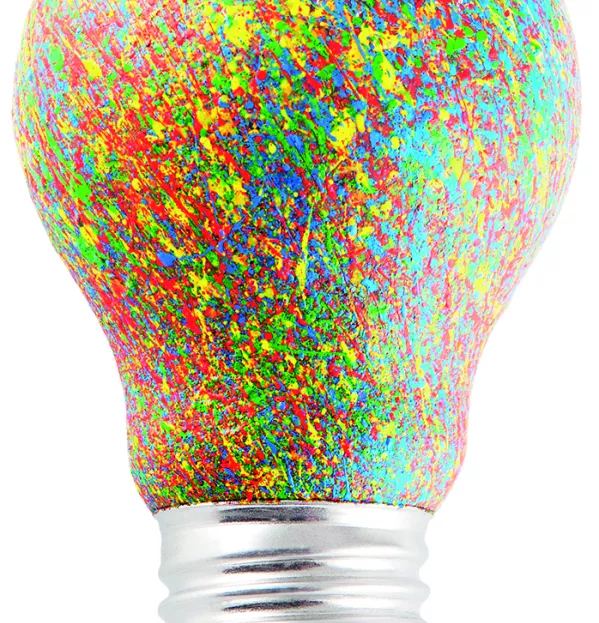Pupils’ creativity is boosted by a sense of purpose

Last week, I visited a school behind a project that vaunts “creativity”. This instinctively feels like a good thing - who wouldn’t want young people to be creative? In fact, the notion of creativity in education can be a contentious one, as that same school discovered after a newspaper report described it, in overly credulous terms, as a “school of the future”, where classrooms would be teacher-less and pupils “free to indulge their creativity”.
This overblown vision of an educational utopia was pretty far removed from the school’s more modest ambitions - which, for now, amount largely to adding one new option alongside all the usual Nationals and Highers you’d expect in a senior phase timetable.
Nevertheless, the report struck a nerve online with some, who took issue with the idea of pupils’ creativity being set free from the strictures of school. They derided this as the sort of misguided idealism that had, for decades, intermittently popped up and done damage to the prospects of countless young people.
Whatever the merits of the work this particular school is doing, the very concept of creativity in education can be a nebulous one. If we’re to decide when and where creativity is a good thing, we should at least try to be clear about what we’re referring to.
The Cambridge English Dictionary describes creativity as “the ability to produce or use original ideas”. This wasn’t something we were generally asked to do in my secondary schooldays in the 1980s and 1990s. But on the occasions when we were, it led to two of the most memorable things I ever did at school. The first was improvisational drama in S1, where I was in a group that came up with a comedy sketch deemed good enough for a school show, which brought the house down.
The second was in a core religious education class in S4, where the teacher took us aback by asking “What do you think?” - not a question we were accustomed to at school. This led to a lesson that remains memorable nearly 30 years later for the free-flowing debate that followed on the nature of religious belief.
Chasing creativity
What united those two experiences of creativity was a sense of purpose, a goal. It’s clearer in the first example - the creativity led to a performance in a school show - but also evident in the second, where the teacher’s insistence that we thought for ourselves, rather than being spoon-fed, was designed to pique our curiosity and encourage us to question received wisdom.
The elective course at the school mentioned above also has a clear goal: pupils’ creativity is pointed towards the end result of innovative product design. If, however, such projects are merely the intended gateway to open-ended learning writ large, creativity can find itself at the centre of a tug of war between competing education ideologies, where figures such as Sir Ken Robinson - author of TED Talk-friendly tomes such as Out of Our Minds: the power of being creative - are heroes for one side and pariahs for the other.
It’s a pity that creativity has become a loaded term in education circles. When I was asked to be creative at school, I was energised and emboldened, and learned lessons that I have carried with me to this day. And in 2019, certainly in Scotland, there are far more opportunities to be creative than there were back then.
Yet, while creativity in itself can feel enlivening, where is this energy directed? Consider Brian Eno, one of music’s great creative geniuses: yes, with Peter Schmidt he came up with the “oblique strategies” technique for unlocking creativity, but it’s mainly remembered because it was instrumental in the creation of David Bowie’s three legendary Berlin albums.
That creativity can enrich education, then, seems self-evident. The more critical question is how - and to what end - that creativity is harnessed.
Henry Hepburn is news editor at Tes Scotland. He tweets @Henry_Hepburn
This article originally appeared in the 18 October 2019 issue under the headline “Pupils’ creativity shines bright if they have a sense of purpose”
Register with Tes and you can read two free articles every month plus you'll have access to our range of award-winning newsletters.
Keep reading with our special offer!
You’ve reached your limit of free articles this month.
- Unlimited access to all Tes magazine content
- Save your favourite articles and gift them to your colleagues
- Exclusive subscriber-only stories
- Over 200,000 archived articles
- Unlimited access to all Tes magazine content
- Save your favourite articles and gift them to your colleagues
- Exclusive subscriber-only stories
- Over 200,000 archived articles